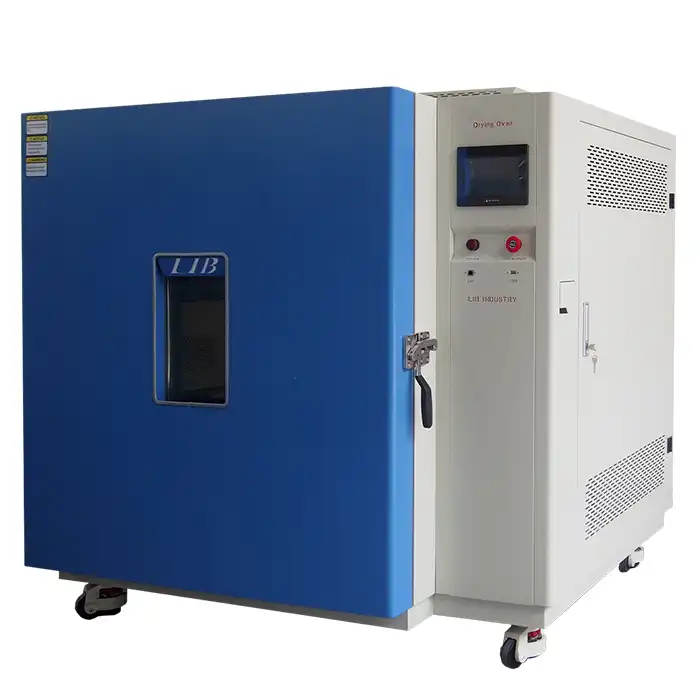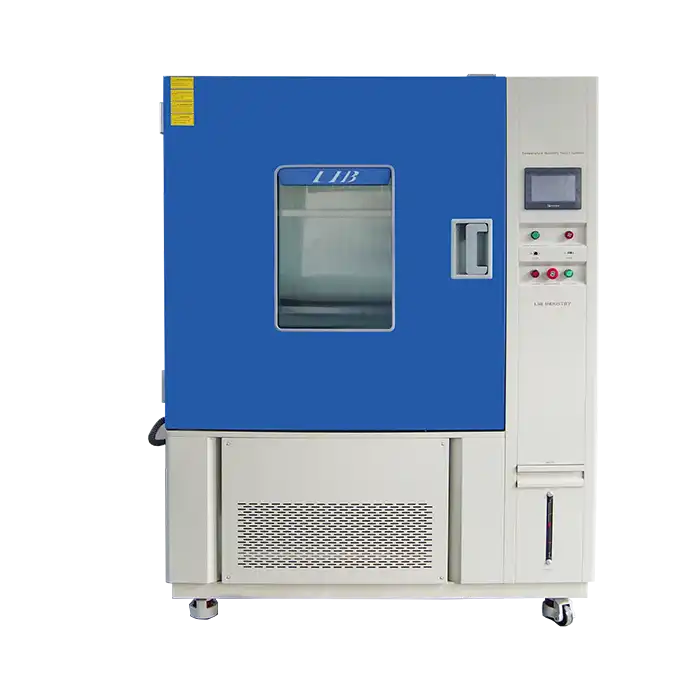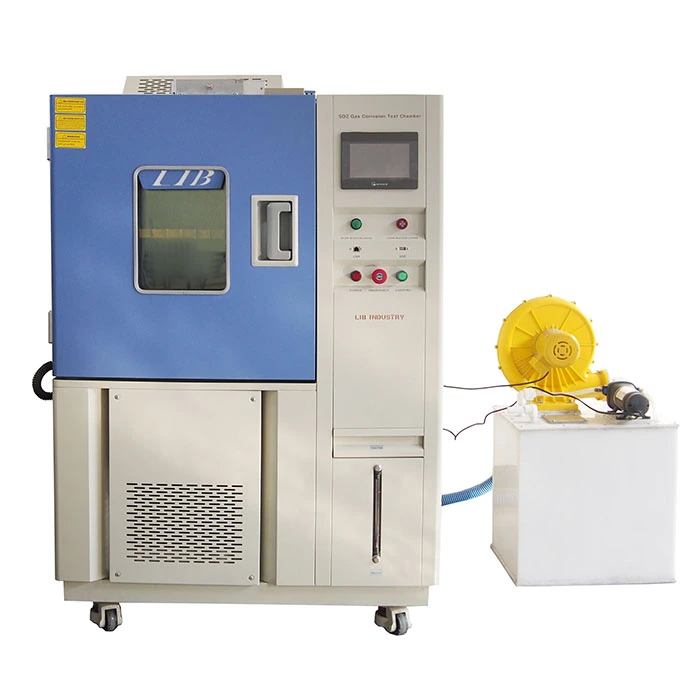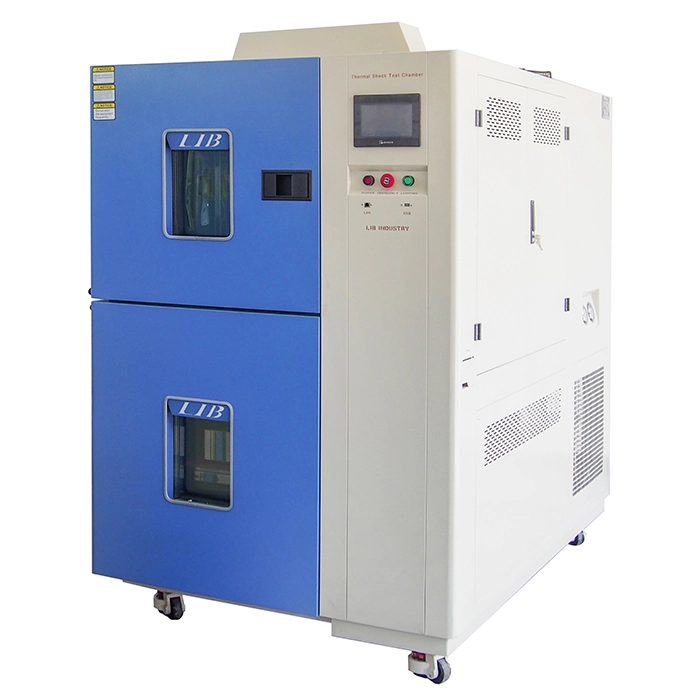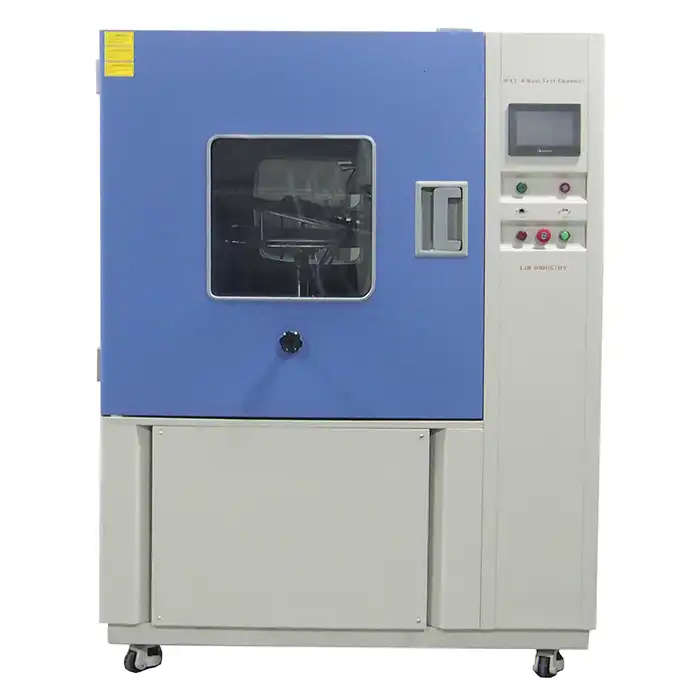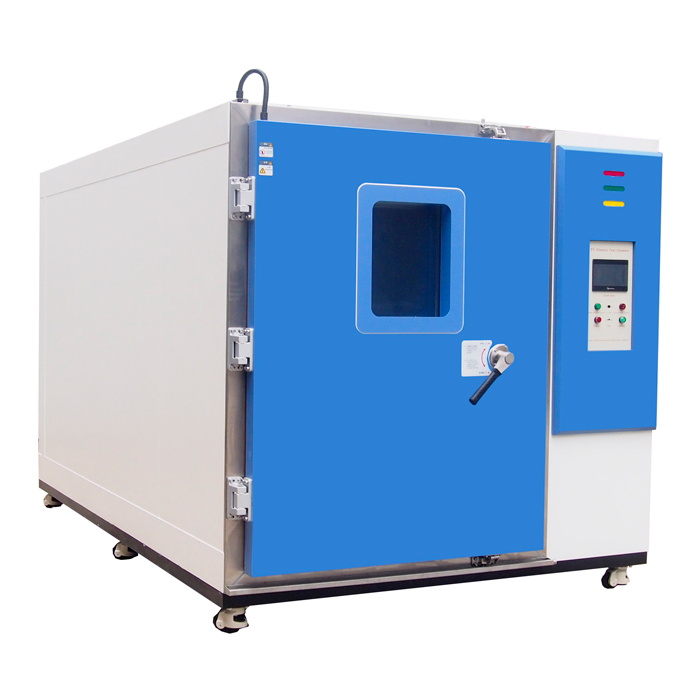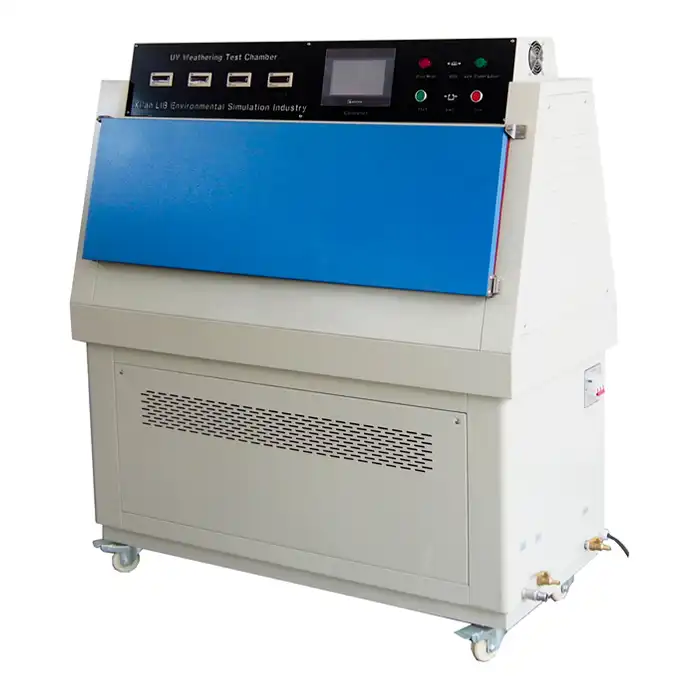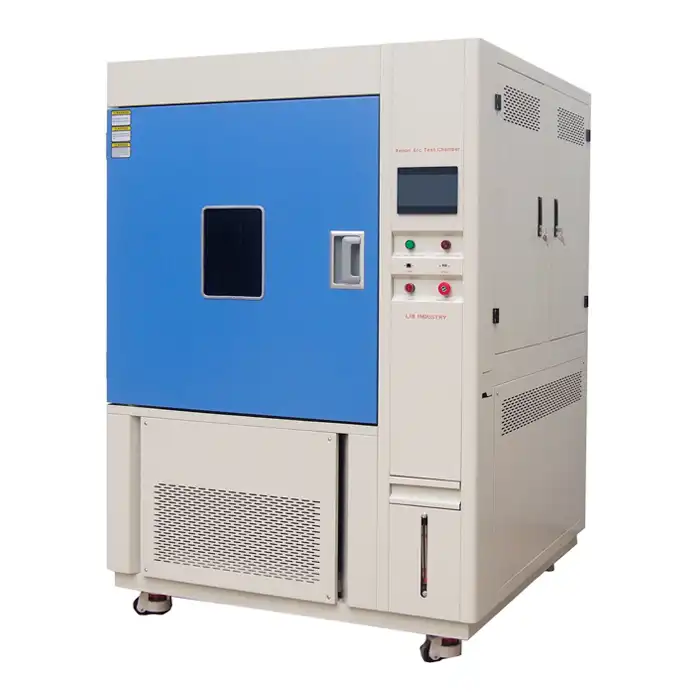What is the use of UV chamber in microbiology lab?
In the world of microbiology, ultraviolet (UV) chambers play a crucial role in various research and testing applications. These specialized devices, also known as UV aging chambers, provide controlled environments for studying the effects of UV radiation on microorganisms and materials. This article explores the diverse uses of UV chambers in microbiology labs, their significance in research, and the benefits they offer to scientists and researchers.
Understanding UV Chambers and Their Functionality
The Basics of UV Radiation
UV radiation is a kind of electromagnetic radiation with frequencies more limited than noticeable light yet longer than X-beams. It can be broken down into three groups: UV-A, UV-B, and UV-C, all of which have distinct properties and effects on biological systems. UV chambers use these properties to create controlled testing and research environments.
Components of a UV Aging Chamber
A typical UV aging chamber consists of several key components. These include UV lamps that emit specific wavelengths of UV radiation, a temperature control system to maintain precise environmental conditions, and a sample holder to secure test specimens. Advanced models may also feature humidity control and programmable cycle settings for more complex experiments.
Precision and Control in UV Exposure
The ability to precisely control the intensity and duration of UV exposure is one of the primary benefits of using a UV aging chamber. This degree of control permits analysts to reproduce explicit environmental circumstances or test the impacts of fluctuating degrees of UV radiation on various life forms and materials.
Applications of UV Chambers in Microbiology Research
Studying Microbial Resistance to UV Radiation
Concentrating on microbial resistance from UV radiation is fundamental for propelling comprehension, we might interpret microbial step-by-step processes for surviving and further developing sanitization strategies. UV chambers are vital in these examinations, permitting analysts to methodicallly uncover different microorganisms — including microscopic organisms, growths, and infections — to UV light under controlled conditions. By dissecting how these microorganisms endure or adjust to UV openness, researchers can reveal the basic components of opposition, for example, DNA fix processes or defensive color creation. This information is imperative for growing more powerful disinfection procedures and tending to the difficulties presented by microorganisms that flourish in outrageous conditions.
Evaluating UV Disinfection Methods
Evaluating UV disinfection methods is crucial for ensuring effective public health and sanitation practices. UV aging chambers are instrumental in this process, as they allow scientists to test the effectiveness of various UV-based disinfection techniques. Researchers use these chambers to experiment with different UV intensities and exposure durations to determine their impact on the survival rates of harmful microorganisms. This rigorous assessment helps in fine-tuning UV sterilization protocols, which are essential for applications such as water treatment, air purification, and surface disinfection. By optimizing these methods, we can enhance the safety and effectiveness of UV-based sanitation strategies in combating microbial contamination.
Investigating DNA Damage and Repair Mechanisms
Investigating DNA damage and repair mechanisms is a critical aspect of microbiological research, as UV radiation is a well-known cause of DNA damage, leading to mutations and potential cell death. UV chambers are used to expose microorganisms to controlled UV light, allowing scientists to study the extent of DNA damage and the efficacy of cellular repair mechanisms. By analyzing how different organisms repair UV-induced damage, researchers can gain insights into evolutionary processes and adaptive strategies. This knowledge is crucial for developing protective measures against UV-induced genetic damage, which has applications in fields ranging from biotechnology to environmental science.
Advantages of UV Chambers in Microbiology Labs
Reproducibility and Standardization of Experiments
UV aging chambers provide a controlled environment that ensures consistency across experiments. This reproducibility is crucial for validating research findings and comparing results between different studies. The ability to standardize UV exposure conditions allows for more accurate and reliable data collection in microbiology research.
Acceleration of Aging and Degradation Studies
UV aging chambers can simulate long-term exposure to UV radiation in a relatively short period. This accelerated aging process is particularly useful for studying the long-term effects of UV exposure on microorganisms and materials. Researchers can observe changes that might take months or years to occur naturally in just a matter of days or weeks.
Versatility in Research Applications
The versatility of UV chambers extends beyond microbiology to other fields such as materials science and environmental studies. These devices can be used to test the UV resistance of various materials, evaluate the photostability of pharmaceuticals, and study the effects of UV radiation on ecosystems. This multi-disciplinary applicability makes UV chambers valuable assets in research institutions.
Conclusion
In conclusion, UV chambers, including UV aging chambers, are indispensable tools in microbiology labs. They provide researchers with the means to conduct precise, reproducible experiments on the effects of UV radiation on microorganisms and materials. From studying microbial resistance to evaluating disinfection methods and investigating DNA repair mechanisms, these devices contribute significantly to our understanding of microbial biology and the development of new technologies in public health and environmental protection.
For those interested in acquiring UV Aging Chambers for their research needs or seeking more information about these essential tools, LIB Industry offers comprehensive solutions. As a global manufacturer of environmental test chambers, LIB Industry specializes in providing turn-key solutions for environmental testing, including research, design, production, commissioning, delivery, installation, and training. To learn more about our UV chamber products and services tailored to your specific requirements, please contact us at info@libtestchamber.com.
References
1. Johnson, A. R., & Smith, B. T. (2019). Advances in UV Chamber Technology for Microbiology Research. Journal of Environmental Microbiology, 45(2), 123-135.
2. Patel, S., & Nguyen, L. (2020). Applications of UV Aging Chambers in Studying Microbial Resistance. Microbiology Today, 18(4), 67-82.
3. Rodriguez, C. M., et al. (2021). UV Radiation Effects on DNA Repair Mechanisms in Prokaryotes. Annual Review of Genetics, 55, 301-325.
4. Lee, H. S., & Wong, K. L. (2018). Standardization of UV Exposure Protocols in Microbiology: A Comprehensive Review. Methods in Microbiology, 40, 201-220.
5. Garcia-Lopez, E., & Cid, C. (2017). The Use of UV Chambers in Astrobiology: Implications for Microbial Survival in Extreme Environments. Astrobiology, 17(11), 1173-1184.
6. Thompson, R. F., & Anderson, J. P. (2022). UV Chamber Applications in Public Health: From Water Treatment to Surface Disinfection. Journal of Applied Microbiology, 132(3), 1456-1470.



